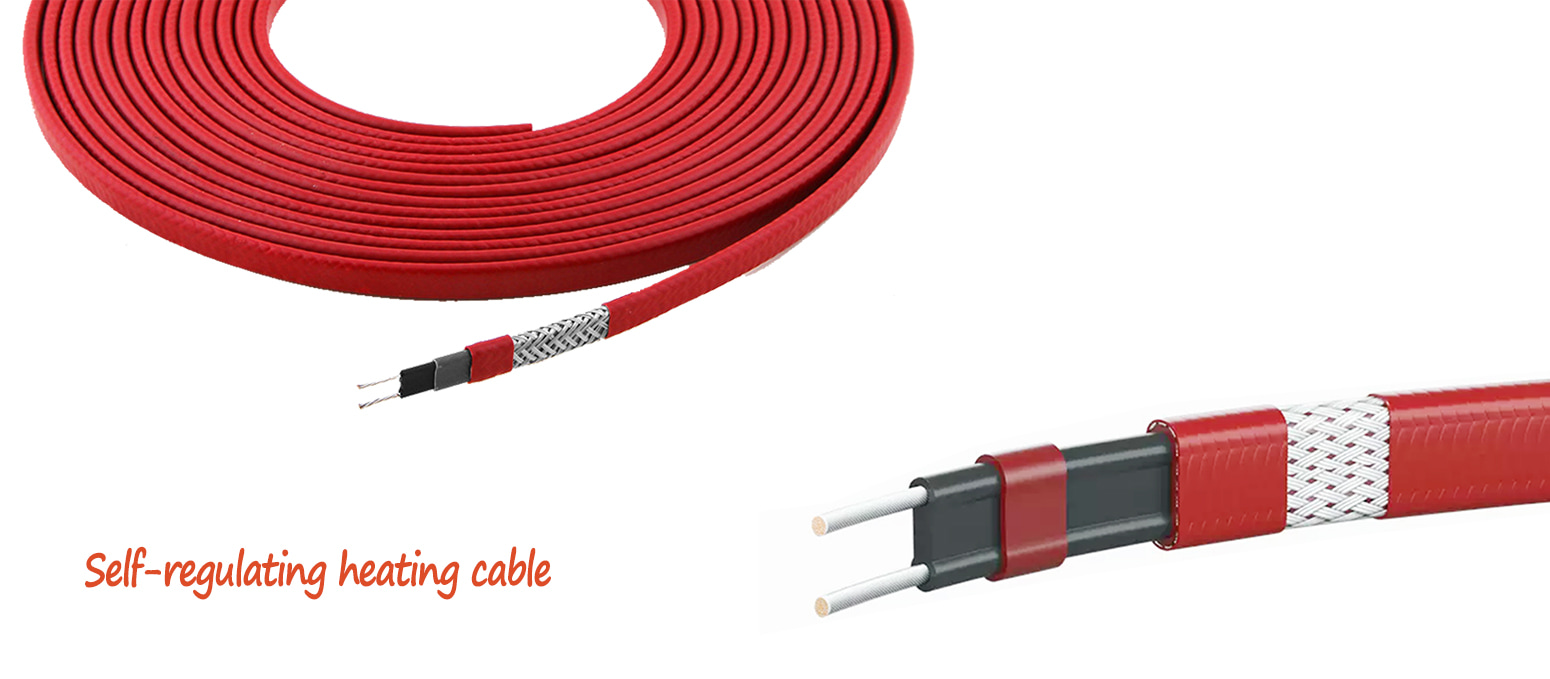Sep 30, 2024
Installing Self-Regulating Heating Systems: The Dos and Don’ts
Are you considering installing a self-regulating heating system in your home or workplace? These innovative systems provide efficient and customizable heating solutions, but it’s crucial to ensure proper installation to maximize their effectiveness and safety. In this article, we’ll explore the dos and don’ts of installing self-regulating heating systems, guiding you through the process and helping you avoid common pitfalls.
Before we delve into the dos and don’ts, let’s briefly understand what self-regulating heating systems are and how they work. Unlike traditional heating systems that rely on fixed heat output, self-regulating systems adjust their heat output based on the surrounding temperature. This dynamic feature allows for energy-efficient operation and prevents overheating.
Self-regulating heating systems typically consist of heating cables or mats installed on surfaces such as floors, roofs, or pipes. These cables contain a conductive polymer that adjusts its resistance based on temperature changes. As the temperature drops, the polymer’s resistance decreases, allowing more electricity to flow through and generate heat. Conversely, as the temperature rises, the resistance increases, reducing the heat output.
To ensure a successful installation and optimal performance of your self-regulating heating system, here are some essential dos to keep in mind:
1.Ensure Proper System Design: Before you begin the installation process, it’s crucial to design the system correctly. This involves conducting heat loss calculations and considering specific requirements for each area. By accurately determining the heat output needed, you can avoid under- or over-heating certain areas.
2. Use High-Quality Components: Investing in high-quality heating cables, thermostats, and accessories is essential for a reliable and durable system. Inferior components can lead to inconsistent heating, premature failure, or safety hazards. Research reputable manufacturers and suppliers to ensure you’re using reliable products.
3. Follow Manufacturer’s Guidelines: Always read and adhere to the manufacturer’s installation instructions. Each system may have specific requirements and recommendations that need to be followed closely. These guidelines cover various aspects, including cable handling, connection methods, and termination techniques.
To avoid common mistakes and potential issues during the installation process, here are some important don’ts:
1. Avoid Overlapping or Crossing Heating Cables: Overlapping or crossing heating cables can create hotspots and lead to system failure. It’s crucial to follow the manufacturer’s guidelines regarding cable spacing and placement. Ensure that the cables are properly spaced and never overlap or cross each other.
2. Don’t Install Heating Cables in Unsuitable Locations: It’s important to consider the appropriate locations for installing heating cables. Avoid placing them under furniture, appliances, or flammable materials. These locations can trap heat, potentially causing damage or safety hazards.
3. Avoid Damaging the Heating Cables: Take precautions to prevent damage to the heating cables during installation. Use the recommended tools and techniques to handle and secure the cables properly. Inspect the cables for any signs of damage or wear before and after installation. If any issues are detected, replace the cables immediately.
In addition to the dos and don’ts mentioned above, here are some safety considerations and best practices to keep in mind:
– Electrical Safety: Self-regulating heating systems involve electrical connections. Ensure that you follow local electrical codes and regulations. Consider using ground fault circuit interrupter (GFCI) protection to enhance electrical safety.
– System Maintenance: Regularly inspect the heating system for any signs of damage, wear, or malfunction. Perform periodic checks to ensure that the system is operating optimally. If you encounter any issues or are unsure about any aspect of the system, seek professional assistance.
– Professional Help: While self-regulating heating systems can be installed by homeowners, complex installations may require professional assistance. If you’re unsure about any aspect of the installation process or have concerns about safety, it’s best to consult an experienced electrician or heating system installer.
Installing self-regulating heating systems can provide efficient and customizable heating solutions for your home or workplace. By following the dos and don’ts outlined in this article, you can ensure a successful installation and enjoy the benefits of these innovative systems. Remember to prioritize proper system design, use high-quality components, and follow the manufacturer’s guidelines. Additionally, prioritize safety by avoiding common pitfalls and considering best practices.
If you’re unsure about any aspect of the installation process or need further guidance, don’t hesitate to seek professional assistance. With the right installation and proper maintenance, your self-regulating heating system will provide reliable and efficient heating for years to come.
At our website, we are dedicated to providing comprehensive resources and solutions for all your heating system needs.Visit our website to explore our extensive collection of self-regulating heating systems, including cutting-edge technologies and energy-efficient solutions. Our user-friendly interface and expert guidance make it easy to find the perfect heating system for your specific requirements.
Our hours
Mon 11/21 - Wed 11/23: 9 AM - 8 PM
Thu 11/24: closed - Happy Thanksgiving!
Fri 11/25: 8 AM - 10 PM
Sat 11/26 - Sun 11/27: 10 AM - 9 PM
(all hours are Eastern Time)